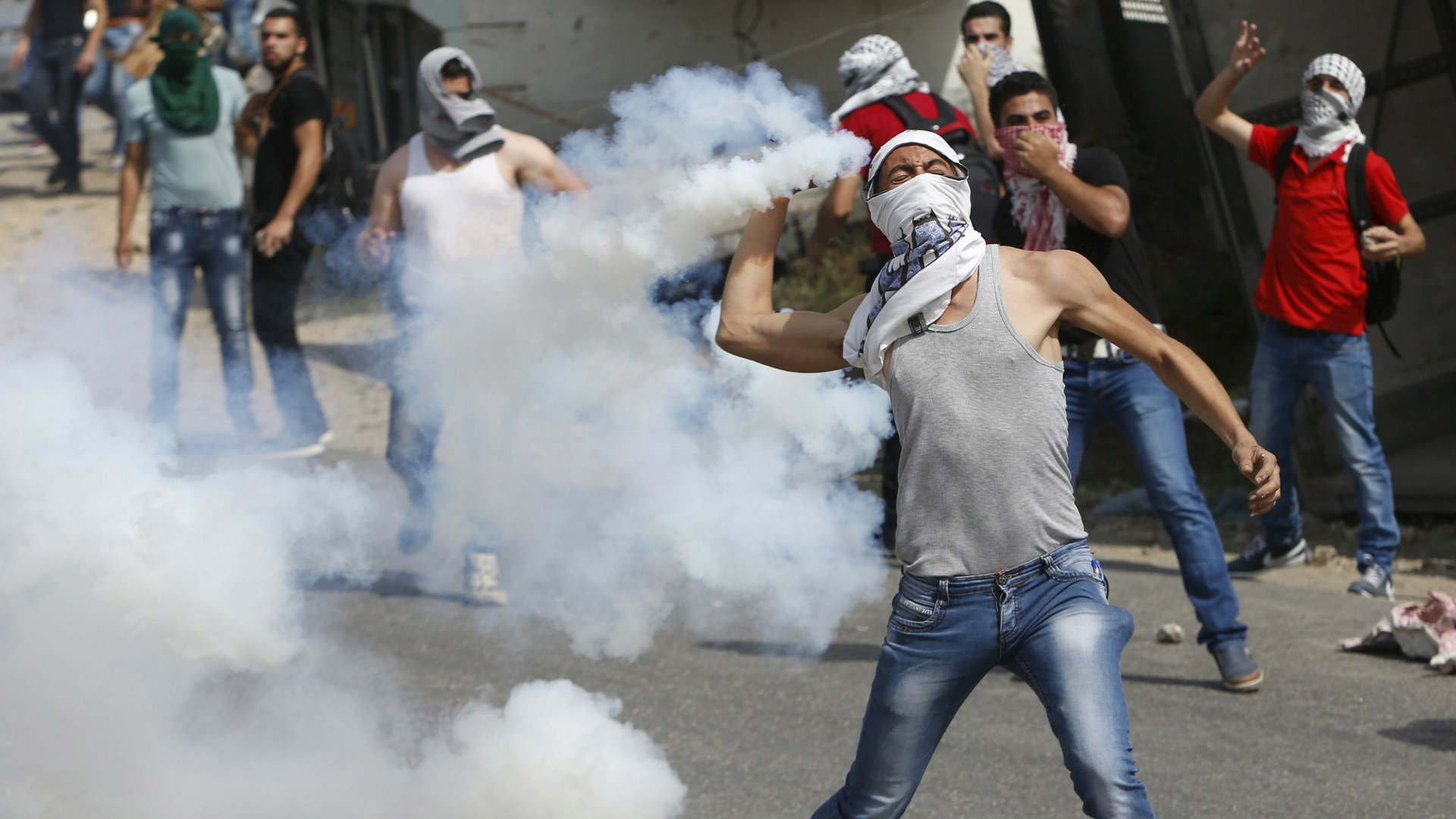After the murder of an innocent immigrant in Israel, is a third intifada imminent?
As part of a wave of violence that has engulfed both Israel and the Palestinian territories in the last month, an Eritrean immigrant who was mistaken for a gunman during an attack on a bus station in the southern city of Beersheba was shot and beaten to death. In a video, which some may find distressing, the man is seen bleeding on the floor, while being kicked and attacked by a nearby mob.


As part of a wave of violence that has engulfed both Israel and the Palestinian territories in the last month, an Eritrean immigrant who was mistaken for a gunman during an attack on a bus station in the southern city of Beersheba was shot and beaten to death. In a video, which some may find distressing, the man is seen bleeding on the floor, while being kicked and attacked by a nearby mob.
Some of the Israeli media went so far as to describe it as a “lynching.” The Eritrean agricultural worker, named by his employer as Mila Abtum, was mistakenly believed to be an accomplice or the Palestinian attacker himself—who was shot dead—after he killed an Israeli soldier and wounded five police officers in a gun and knife attack at a bus station.
The Jerusalem mayor has called on civilians to carry firearms as Israeli police erected a concrete barrier between Jewish and Arab neighborhoods in east Jerusalem. Violent clashes in Israel first erupted last month at the holy al-Aqsa mosque, one of Islam’s holiest sites, but also home to the Temple Mount, the holiest site in Judaism. Since then, there have been near daily attacks and clashes in East Jerusalem, the West Bank, and some on Gaza border as well. Forty-one Palestinians, eight Israelis, and now one Eritrean have been killed over the last two weeks.
The waves of violence and reprisals flaring in East Jerusalem and Palestinian territories have left some to question whether the region should brace itself for a possible “third intifada.”
The first intifada erupted in 1987, with popular uprisings in the West Bank and the Gaza Strip. The protests were largely characterized by young Palestinian throwing rocks at Israeli troops, which eventually ended following the signing of the Oslo agreement.
The second intifada in 2000 was a lot more violent, with a series of suicide bombing and gun attacks. The second uprising broke out after Ariel Sharon, the future prime minister and the then-leader of Israel’s opposition, visited the Temple Mount. It led to the so-called separation barrier being built between Israel and Palestinian areas, as well as Israeli withdrawal from the Gaza Strip.
The current wave of violence is being dubbed by some as the “stabbing intifada,” but some Palestinian activists suggests its simply too soon to call the current uprising a third intifada. (There were similar fears last year when Palestinians used cars and knives to attack Israelis.) It remains unclear whether the current momentum of violence and protests will continue.
Unlike the two previous intifadas, there is a lack of political leadership; the latest series of violence has been driven predominately by young lone wolves.